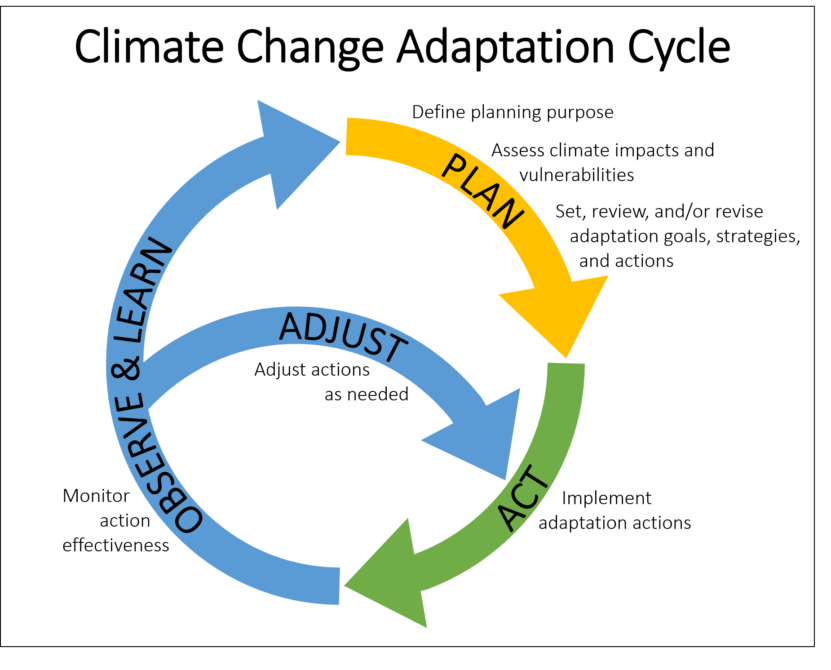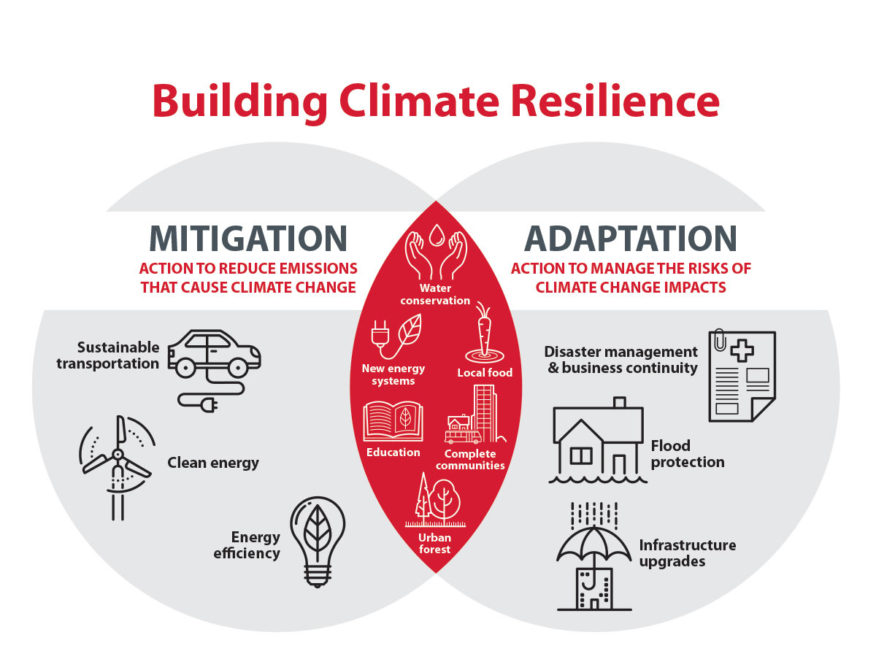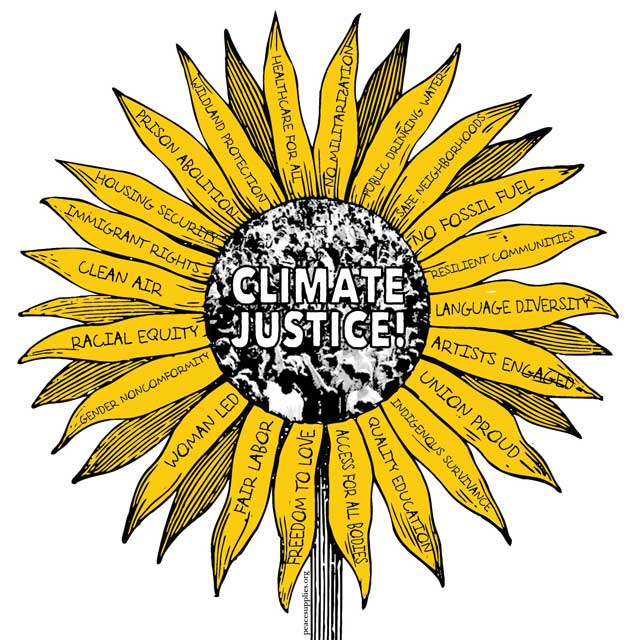The Evolving Nature of Climate Philanthropy
Elan Wong is spending the summer researching how philanthropy can best address the impacts climate change as a Pangea Giving intern. She is working on a research report on the subject and will help to organize a climate change philanthropy workshop for the fall. Here is the first update from her research:

As I research the broad scope of climate philanthropy, I have found a few interesting trends that explore the evolving nature of climate change giving.
Prior to 2010, the trend in philanthropy concerning climate change mainly focused on it as a pollution problem solvable by putting a price on carbon and shifting to renewable energy. The failure of the 2010 Federal Cap and Trade Bill was turning point—shifting philanthropic focus to climate mitigation and adaption and bringing to light the needs of low income/minority communities. 1
Currently only 2% of all philanthropic giving goes to fight climate change and over half of this climate-related funding goes toward the projects that target energy efficiency or renewable energy efforts. 2 There is a growing recognition by both international leaders and the philanthropic community that climate change is a global problem that affects everyone in all facets of their livelihood. Combating it includes a wide range of ideas and solutions addressing issues now and into the future in the areas of adaptation, mitigation, and social justice.
The Global Climate Action Summit in 2018, hosted by California Governor Jerry Brown and New York Mayor Michael Bloomberg, aimed to address climate change by bringing together global leaders, non-state actors and businesses. This summit called for an increased commitment to climate change, to “chart a clear path for [a] zero-carbon future, [and] empower bottom-up climate action.”3 The outcome of this summit resulted in a $4 billion dollar commitment by 29 foundations over the next five years to combat climate change and highlighted five key issue areas as a call to action in which Pangea is already engaged in.
- Healthy Energy Systems
- Inclusive Economic Growth
- Sustainable Communities
- Land and Ocean Stewardship
- Transformative Climate Investment
As I search for key terms in the world of climate philanthropy, I realized that many definitions are broad in scope. These flexible definitions serve two major functions: (1) they allow philanthropic groups an opportunity to interpret and decide on how their organization best fits into the fight for climate change; and (2) they allow for continual negotiation of definitions to fit the needs of the time and community.
Here are some key terms I found:
- Climate Adaptation
- “Helping communities adapt to the effects on their livelihoods and community security” – FundraisingIP.org
- “The process of adjustment to actual or expected climate and its effects. In human systems, adaptation seeks to moderate or avoid harm or exploit beneficial opportunities. In some natural systems, human intervention may facilitate adjustment to expected climate and its effects.”3 – Oxford Research Encyclopedia
- An interesting tidbit: before Oxford defines this term, they note “there is no unanimity to the definition of the term climate change adaptation”
- They specify that this definition has “undergone several changes over the last few decades” and this specific version came from the IPCC (Intergovernmental Panel on Climate Change (IPCC)4
- Note: Examples of climate adaptation can include but are not limited to projects like building flood defenses, creating more drought resistant crops, and biomimicry (including rain gardens or bio swales) to lessen the effects of climate change.
2. Climate Resilience
- “[Links] the idea of reducing poverty and supporting the achievement of the Sustainable Development Goals” – FundrasingIP.org
- “The ability to anticipate, prepare for and respond to hazardous events, trends, or disturbances related to climate” – Center for Climate and Energy Solutions5
- Note: Climate resilience can include but is not limited to business resilience, state resilience, city resilience, and finance resilience. For example: you can increase the resilience of a community by diversifying their income source and/or helping them develop a sustainable food and water source so they can be more resilient to the effects of climate change.
3. Climate Justice
- “Focuses on root causes of climate change – making systemic changes that are required to address unequal burdens to our communities and realign our economy with our natural systems.” – Alternatives for Community & Empowerment
- Note: This term is used to frame climate change as an ethical and political issue and encompasses strategies used in adaptation, mitigation and resiliency with a focus on equity.
Here is a link for climate change terms and definitions as defined by IPCC.
The openness in the language allows for the creation of new ideas and collaboration from across all disciplines. Since everyone is a stakeholder in the fight for climate change, inclusion is just the solution we need. The complexity, evolving nature, and the global scale of climate change explain the need for partnerships, which was a trend heavily emphasized in every article. With the small amount of funding going to climate action, partnerships can help provide expertise and create more targeted funding, maximizing impact.
Citations
- Nisbet, MC. Strategic philanthropy in the post‐Cap‐and‐Trade years: Reviewing U.S. climate and energy foundation funding. WIREs Climate Change. 2018; 9:e524. https://doi.org/10.1002/wcc.524
- Current Trends in Philanthropy: US Foundation Support For Climate Action – Philanthropic: Pnd: Foundation Center. https://pndblog.typepad.com/pndblog/2018/11/current-trends-in-philanthropy-us-foundation-support-for-climate-action-1.html
- Global Climate Action Summit. (2018, September 14). Call to Global Climate Action. Retrieved from Global Climate Action Summit: https://www.globalclimateactionsummit.org/call-to-action/
- Schmidt-Thomé, P. (2017, February 27). Climate Change Adaptation. Oxford Research Encyclopedia of Climate Science. Retrieved 17 Jul. 2019, from https://oxfordre.com/climatescience/view/10.1093/acrefore/9780190228620.001.0001/acrefore-9780190228620-e-635.
- Center For Climate and Energy Solutions. (n.d.). Climate Resilience Portal. Retrieved from Center For Climate and Energy Solutions: www.c2es.org/content/climate-resilience-overview/
- Reeser, D. (n.d.). Top 2019 Philanthropy Trend: Funding to Combat Climate Change. Retrieved from FundraisingIP:http://www.fundraisingip.com/fundraising/top-2019-philanthropy-trend-funding-combat-climate-change/



